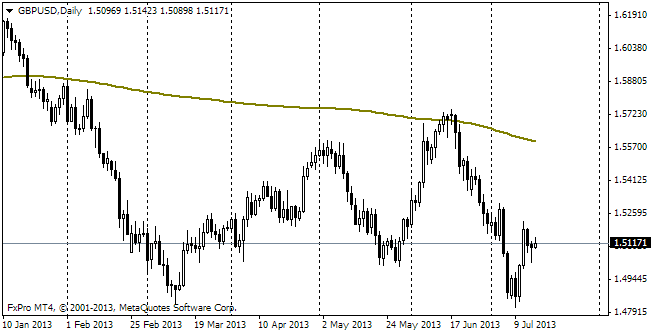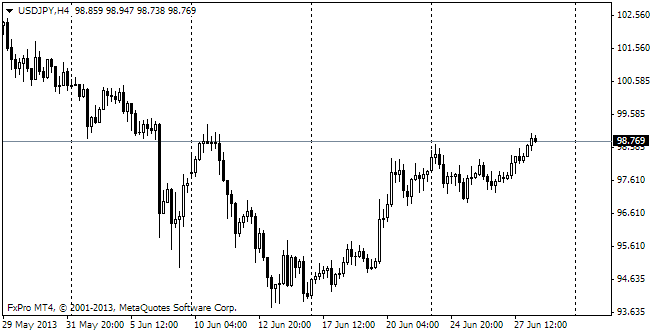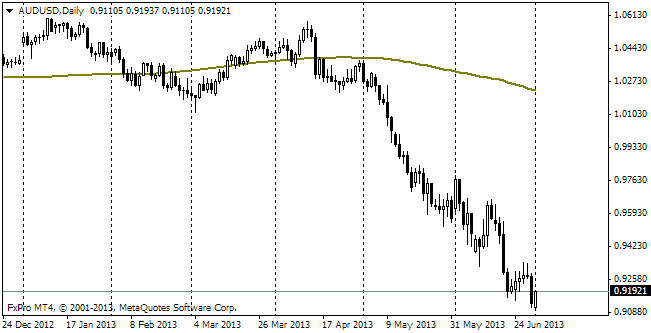EUR/USD
Yesterday the single currency went as high as 1.3878. The bears, who had put pressure on the currency earlier in the day, were punished, but the higher movement could already be provoked only by serious reasons. There weren't any, so trading stabilized at the neutral 1.3850. Market players behave quite cautiously now in anticipation of piles of important statistics on Europe and the USA. Regarding trends, inflation data will be of utmost importance for the single currency. Tomorrow we expect the Preliminary EU CPI for April, and today we will get inflation statistics on the German Lands, which may also affect the pair's performance. At the press-conference at the beginning of April draghi said that the Committee was surprised by such a sharp inflation slowdown. Yet, further someone from the ECB officials mentioned that already since June the Bank could revise up the CPI forecast for the region. It would be interesting to learn the reasons of such an optimistic view. Besides the southern countries of Europe, which are still tightening their belts, prices are falling even in Germany. It is caused by the relatively high rate of the euro, which virtually reduces the value of imports. Yesterday's data on Germany's import prices proved to be much worse than expected. In March the decrease made 0.6% and it was the third month of decline. The annual slowdown rate accelerated from 2.8% to 3.3%. The import prices have been falling already for 16 months in a row (annually). Keeping to insist on the impossibility to ease the policy in view of the increased inflation rates, the ECB hawks may look really foolish. In the meantime, the US employment statistics are trying to rehabilitate after the rather poor rates reported last week. Then the new home sales demonstrated a sharp decline by 14.5% in March. Meanwhile, the existing home sales didn't show much difference from the previous month's rates (-0.2%) and the forecasts. Yesterday NAR published the Index of pending home sales in this market. The rates managed to exceed the expectations. In March the growth made 3.4% and the annual slowdown rate decreased to 7.3% instead of the supposed 10.3%. The growth of the index in March proved to be the first since last July, when the banks started increasing their mortgage rates in view of the coming policy toughening. At that time the initial reaction of the market was to raise the rates and bond yields, which soon reversed. So, the factor of the sharp toughening of the situation in the US housing market is gradually fading away.
GBP/USD
Supported by the news about Pfizer's takeover of its British competitor AstraZeneca for over 100 billion dollars, the pound rose to its five-year high against the dollar, 1.6856. Yet, just like the euro, it soon went to the level more customary for the recent sessions, that is to 1.6800. The sterling is running fewer risks today than the euro. We expect a release of the Preliminary GDP for the first quarter. It is expected to rise from 0.7% q/q earlier to 0.9% q/q and from 2.7%y/y to 3.2% y/y. The growth is likely to be based on the consumer activity and favourable industrial production rates.

USD/JPY
The pair is gradually growing along with stabilization of the stock indices in the background. As has been noted earlier, the current rates of usdjpy look very low and can be explained only by the increased caution of players in view of the tense geopolitical situation. Should the exchanges remain neutral, to say nothing if they show confident growth, the yen will be sold on the continuing QE by the BOJ.

AUD/USD
The aussie keeps sliding down. Last night it fell down to 0.9227 against the dollar. We expect that it will dip below 0.92 and probably hit the 200-day MA, which is now at 0.9150.
